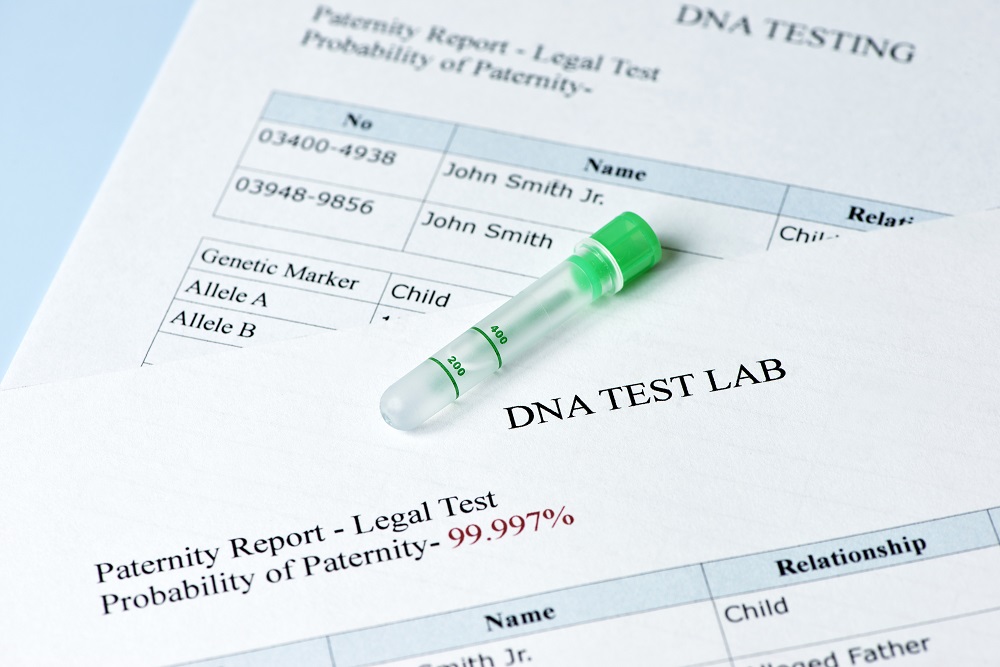
When it comes to deciding paternity, DNA testing has transformed the industry. Nowadays, it is feasible to identify a child’s biological father with a high degree of certainty because technology has emerged as the gold standard for accuracy.
Yet, knowing what to believe with many businesses offering paternity checks using the DNA test might take time and effort. And you might be wondering, how precise are these examinations? Or are there any potential variables that could impact the outcomes?
Here are five things you must keep in the know before considering getting it done:
1. How DNA Paternity Tests Work
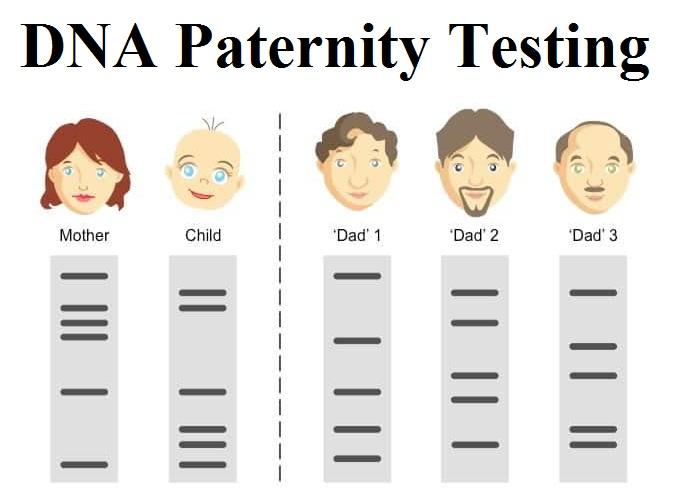
It’s critical to first grasp how DNA paternity tests function to comprehend their accuracy. A DNA sample is used in paternity tests to compare the child’s and the claimed father’s genetic markers.
Each person has specific genetic markers that they inherit from their parents. The purported father is recognized as the child’s biological father if his genetic makeup matches his.
There are both legitimate and unauthorized ancestry tests. Legal ancestry tests follow the stringent chain of custody policies to guarantee the accuracy and virtue of the results.
They are admissible in court and can be used for legal purposes like child support or custody. The chain of control does not cover non-legal ancestry tests, and the results are unacceptable in court. They are typically used to provide assurance or personal understanding.
It is crucial to value the precision of ancestry tests. They have a 99.9% or higher accuracy rate when done correctly. Yet, a lot of factors could have an impact on how accurate the results are.
2. Factors Affecting The Accuracy Of DNA Paternity Tests
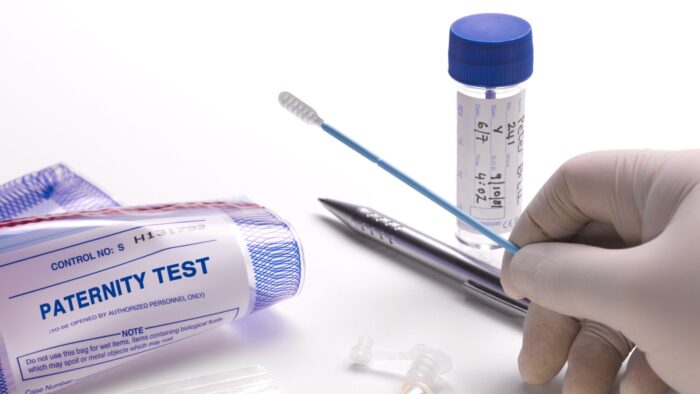
The accuracy of the results can vary, notwithstanding the high reliability of DNA paternity tests. One of the most frequent causes is an error in the lab.
Mistakes could lead to inaccurate results during sample collection, handling, or analysis. The risk of error caused by the lab can be decreased by choosing a reputable ancestry test company that observes stringent quality control guidelines.
Another factor affecting an ancestry test’s precision is the DNA sample’s grade. A sufficient amount and quality of the sample must be collected to obtain accurate results.
Results from a sample that has decayed or been polluted can be incorrect. When collecting samples, it’s crucial to closely follow the instructions given by the DNA testing company in order to get the best sample quality.
Not least, genetic variances can impact the accuracy of these tests. A modification in the sequence known as a genetic mutation can occur spontaneously or be passed down from one parent to the other.
Genetic mutations can occur and lead to unpredictable outcomes while being rare. Yet, trustworthy ancestry test providers use cutting-edge technology to minimize the impact of genetic variations on the accuracy of the results.
Understanding The Test Results

It’s critical to comprehend the implications of your test findings once you have them. The results will often include a percentage-based possibility of parentage.
For instance, there is a 99.9% possibility that the purported father is the child’s biological father if the probability of paternity is 99.9%.
It’s vital to remember that conclusive proof of parentage is considered to have a probability of parentage of 99.9% or above. The child’s biological father may still be the purported father, even if the probability of paternity is less than 99.9%. It indicates a lesser likelihood and that further testing may be necessary to establish parentage.
False Positives And False Negatives
Although very reliable, DNA paternity tests could be better. Although they are uncommon, false positives and false negatives can happen. When the trial suggests that the supposed father is the child’s biological father when he is not, it is a false positive result. When the test indicates that the presumed father is not the child’s biological father when he is, it is known as a false negative result.
Genetic alterations, sample tampering, and laboratory error are all potential causes of false positives. False negatives can happen when the sample’s genetic material is insufficient or genetic mutations cause the purported father’s genetic markers to diverge from the child’s. Or when the supposed father shares enough genetic markers with the child, it gives the idea that he is his biological father despite not being.
3. Choosing A Reputable Ancestry Testing Company
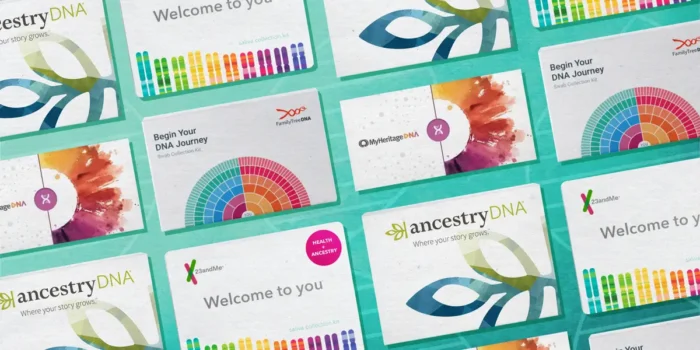
Selecting a trustworthy DNA testing business is crucial to guarantee that your ancestry test findings are correct. Choose a company that adheres to stringent quality control methods, has a positive reputation, and produces precise and transparent results. Also, it’s critical to pick a company that delivers legal and illegal ancestry tests, depending on your requirements.
Think about the test’s price while selecting an ancestry testing business. Depending on the lab and the type of test, DNA ancestry tests can cost anywhere from a few hundred dollars to over a thousand dollars. Yet it’s crucial to remember that choosing a company shouldn’t just be based on price. It is essential to keep in mind the company’s reputation.
4. Legal Implications Of DNA Paternity Tests
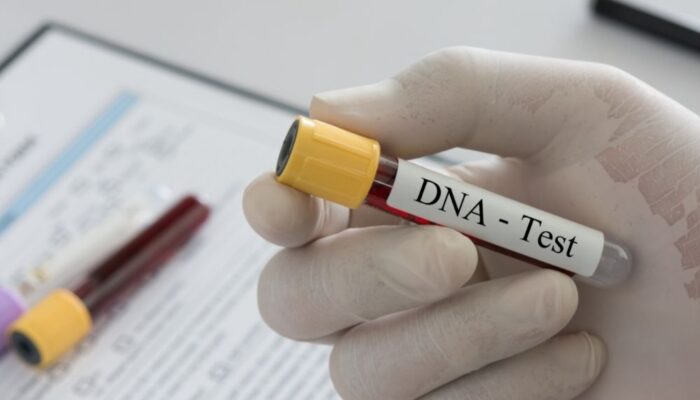
Legal ramifications of DNA parentage examinations may include issues with child support and custody, in particular. A reputable ancestry examination may be necessary to confirm paternity in these situations. A strict chain of custody standards carries out legal ancestry testing to guarantee the precision and integrity of the results. Legal DNA parentage tests yield results that can be utilized to establish paternity and are admissible in court.
It’s crucial to be mindful that the purported father may not desire to submit to an ancestry test in some situations. A permitted court demand might be necessary to compel the claimed father to submit to the test. Also, it’s crucial to consider how ancestry testing may affect everyone involved emotionally, especially the child.
5. The Expense Of Ancestry Tests
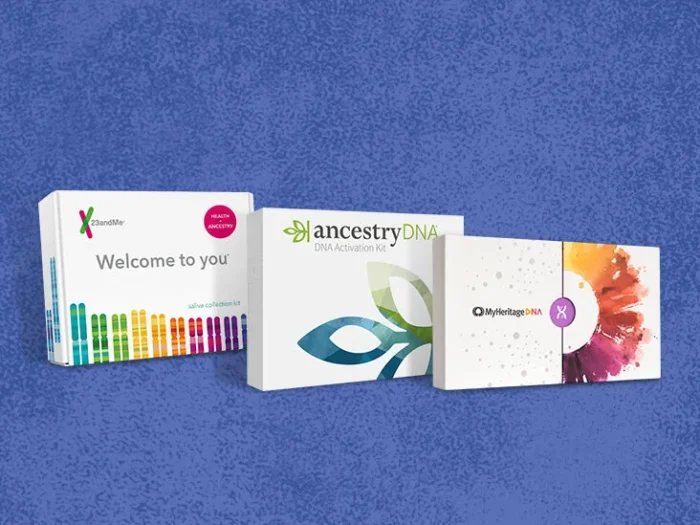
DNA ancestry test expenses vary considerably depending on the lab and the kind of test. Generally speaking, non-legal DNA ancestry testing is less expensive than official ones. To guarantee the precision of the results, it’s vital to pick a trustworthy business that adheres to strict quality management protocols.
It’s crucial to assess the expense of further testing in case the preliminary findings need to be clarified or if more parties need to be sampled. The test cost may increase if additional testing is necessary for some circumstances to verify parentage.
It is wise to understand these 5 things about these tests before getting them done or simply to know about them. While this test is a great option, there are some alternative ancestry examinations available.
Alternative Ancestry Testing Practices
Other paternity testing procedures are available, while DNA testing is the most precise approach. Blood type testing, which contrasts the child’s and putative father’s blood types, is one such technique. Blood type testing, however, can only offer odds of parentage because it is less precise than DNA testing.
Genetic fingerprinting is another alternative parentage testing technique that analyzes the distribution of genetic attributes in the DNA of the claimed father and the kid. Ancestry examination has to be more exact, even though genetic fingerprinting is more reliable than blood type testing.
Conclusion
DNA paternity testing has completely changed the ancestry testing industry with its supremely accurate method of verifying paternity. Although DNA paternity tests are highly dependable, some factors, such as laboratory error, sample quality, and hereditary mutations, might alter the precision of the results.
To certify the precision of the results, it’s critical to select a trustworthy ancestry testing business that adheres to stringent quality control protocols. It’s crucial to comprehend the odds of paternity and the prospect of false positives and negatives when reading ancestry test results.








